IN FORMA, Centro per l'Arte Contemporanea Luigi Pecci, Prato
12 june - 9 september 1993 curated by Ida Panicelli
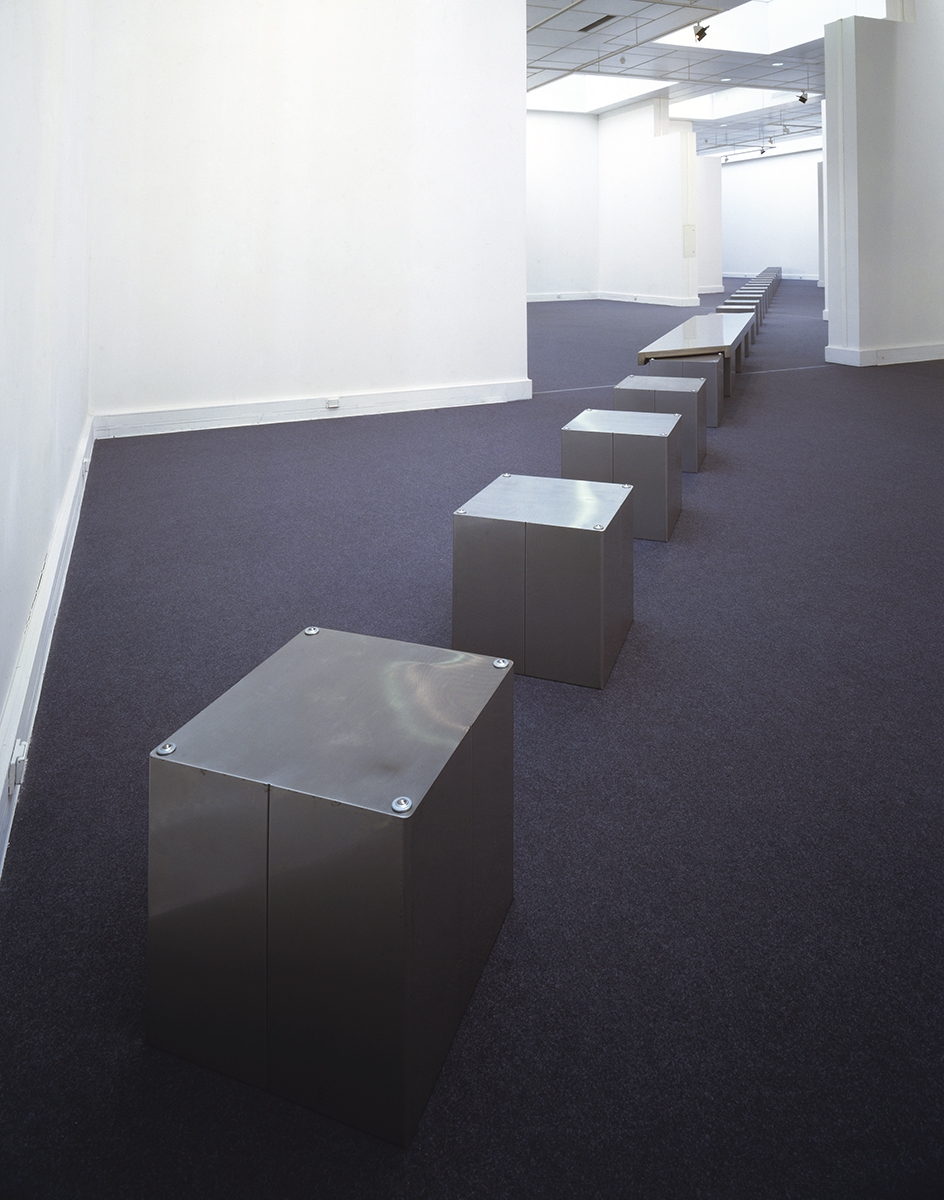
Installation at Centro per l'Arte Contemporanea Luigi Pecci, Prato
Photo © Antonio ManiscalcoIN FORMA, Centro per l'Arte Contemporanea Luigi Pecci, Prato
12 june - 9 september 1993 curated by Ida Panicelli
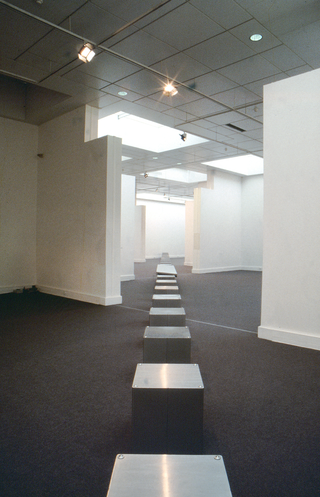
Installation at Centro per l'Arte Contemporanea Luigi Pecci, Prato
Photo © Antonio Maniscalco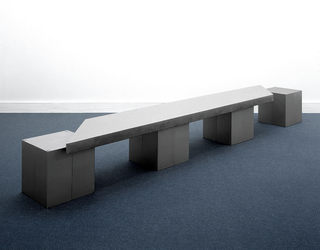
Installation at Centro per l'Arte Contemporanea Luigi Pecci, Prato
Photo © Antonio Maniscalco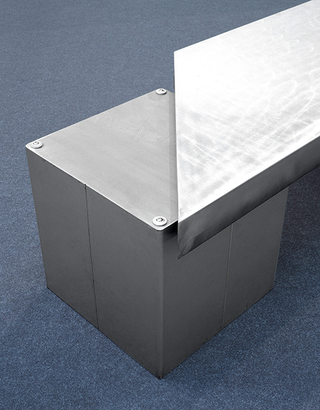
Installation at Centro per l'Arte Contemporanea Luigi Pecci, Prato
Photo © Antonio Maniscalco
Installation at Centro per l'Arte Contemporanea Luigi Pecci, Prato
Photo @ Umberto Cavenago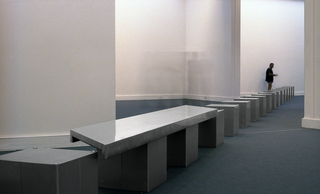
Installation at Centro per l'Arte Contemporanea Luigi Pecci, Prato
Photo @ Nadia Ponci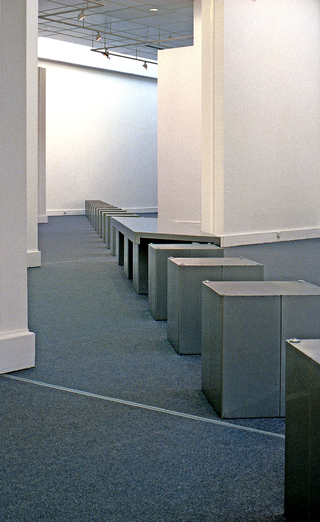
Installation at Centro per l'Arte Contemporanea Luigi Pecci, Prato
Photo @ Umberto Cavenago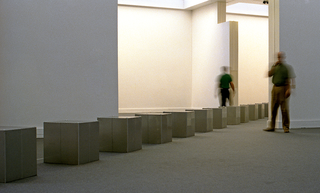
Installation at Centro per l'Arte Contemporanea Luigi Pecci, Prato
Photo @ Umberto Cavenago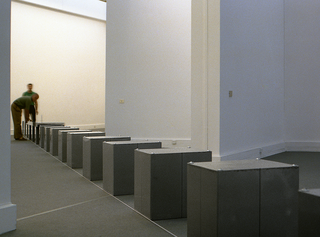
Installation at Centro per l'Arte Contemporanea Luigi Pecci, Prato
Photo @ Umberto Cavenago
Social
Contatti
umberto@cavenago.info